Quick look at Ethernet FMC Max
Opsero's new gigabit Ethernet FMC with SGMII
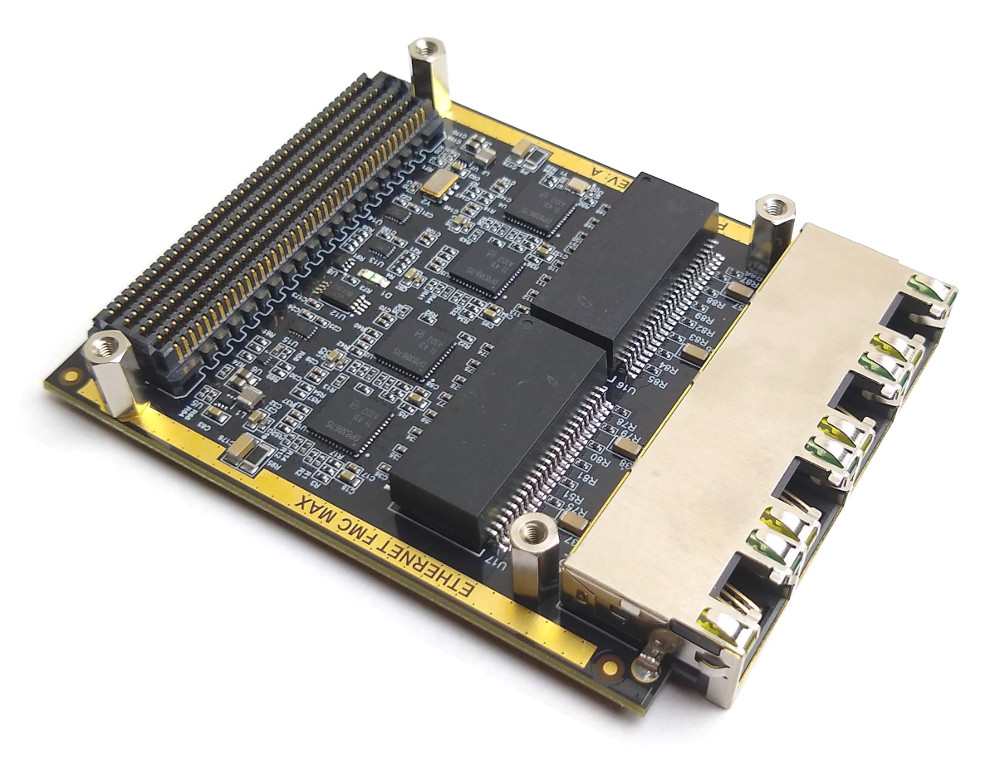

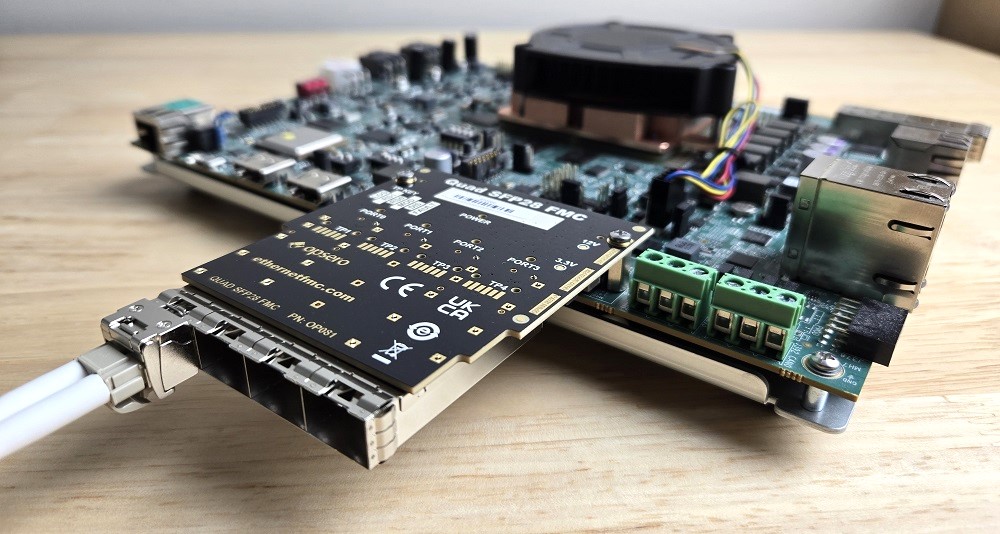
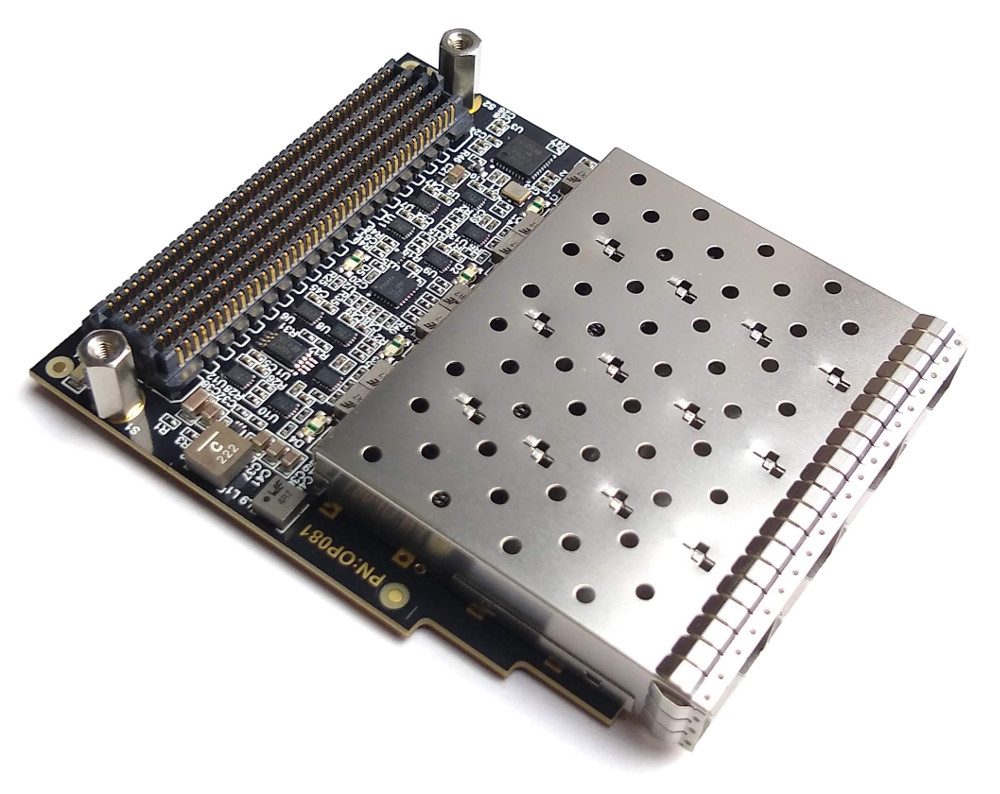
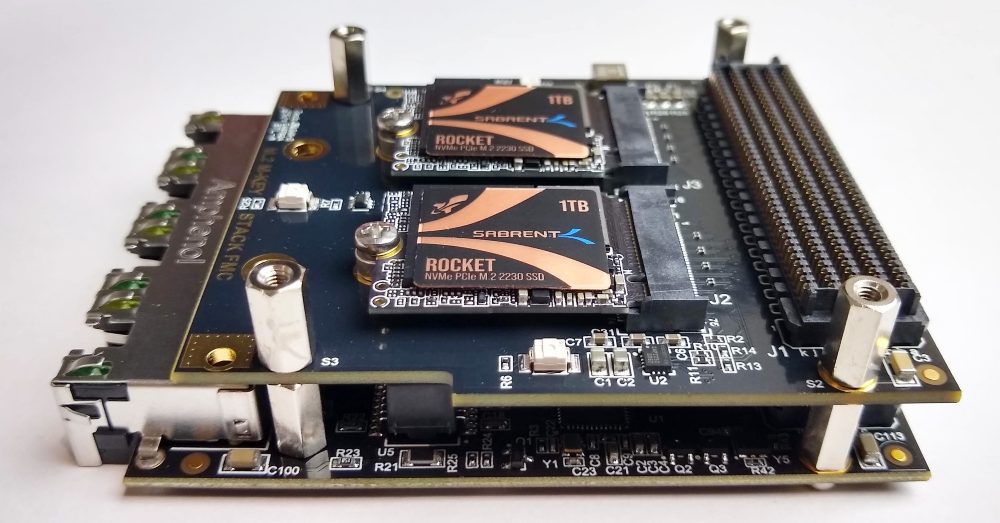
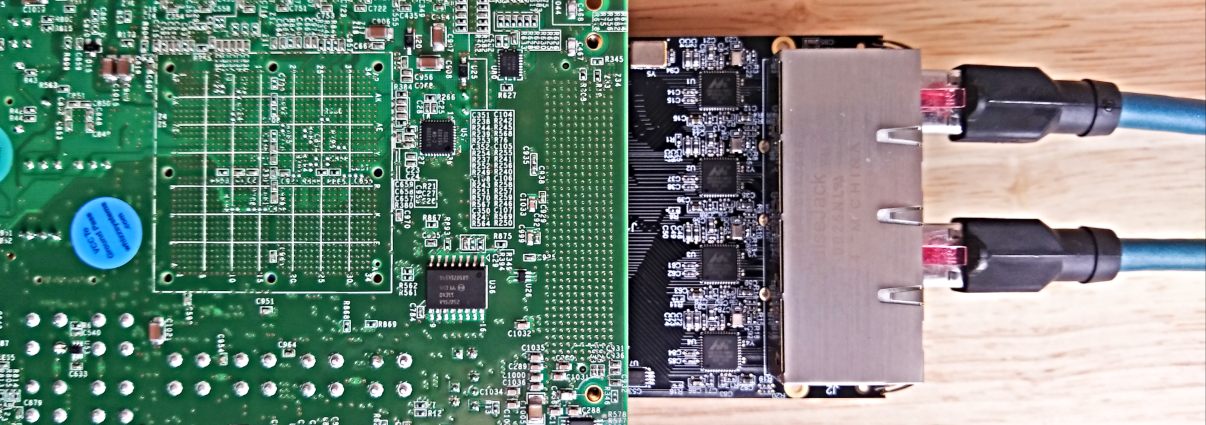


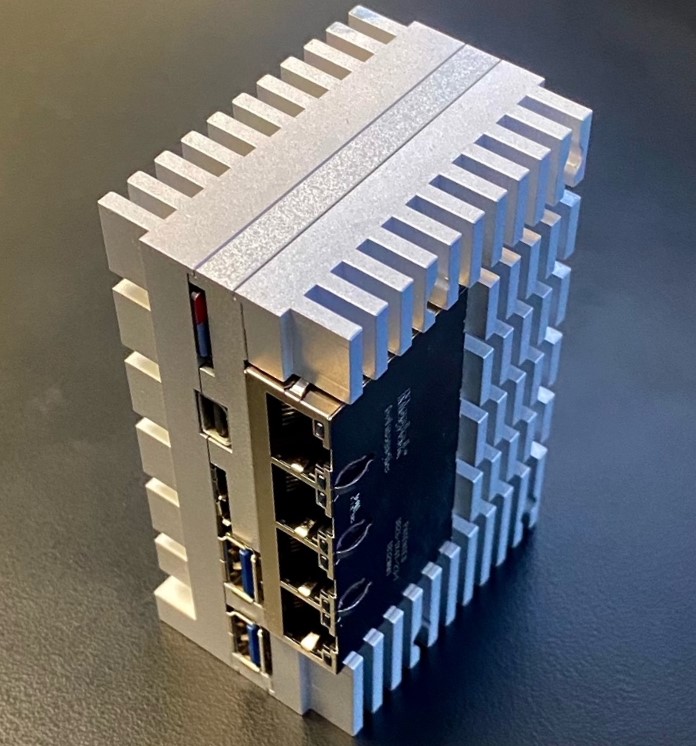
One of our 96B Quad Ethernet Mezzanine customers has built an extremely tough looking heatsink to passively cool the Ultra96 single board computer and it’s Ethernet mezzanine. I just wanted to share the photos; it makes the Ultra96 look like a tank!


Here’s a short introduction to our 96B Quad Ethernet Mezzanine. For more information, see the documentation at docs.ethernet96.com and if you want to buy the product, go to the order page here.